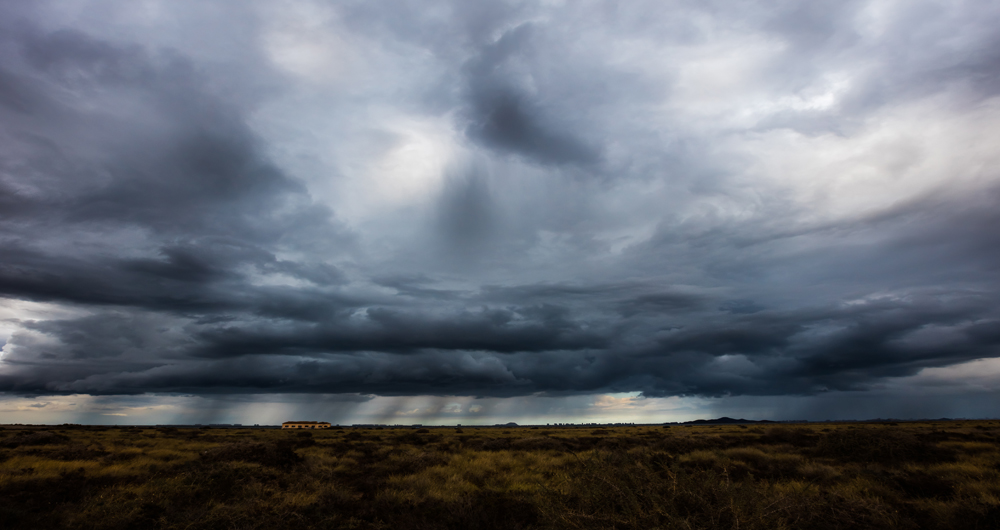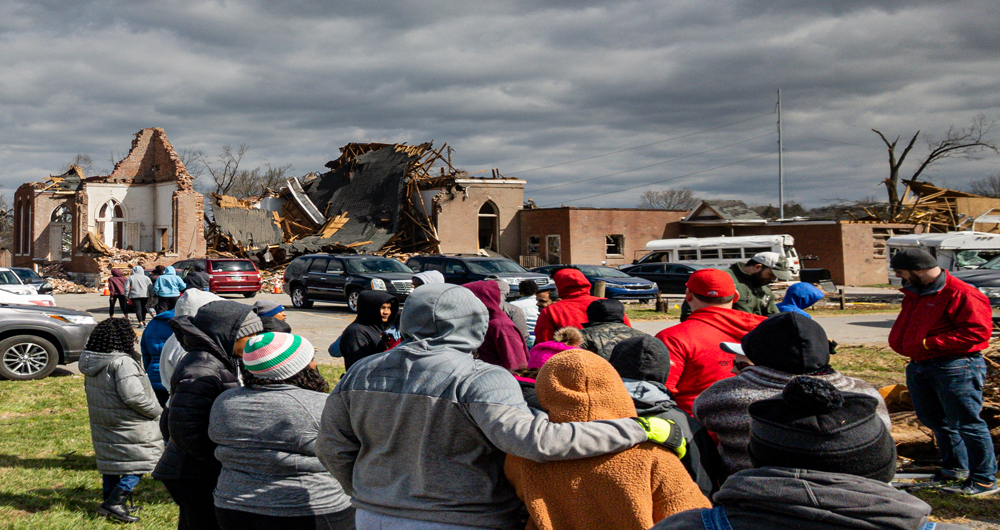Weathering A Windy Peril |

A farmer suffered a significant loss of income and livestock that involved an ill wind blowing his way. The farmer's pigs were infected with pseudorabies. Storm winds passed over a location that contained infected livestock. The virus was swept up and transmitted to the insured farm.
The farmer filed a claim, asking for reimbursement caused by lost livestock sales and destruction of sick swine. The insurance company denied the loss, claiming that the transmission via winds did not qualify as a peril and the farmer sued for coverage.
Click here to see how the trial and appellate courts treated the insurer's interpretation of the wind peril.
Click here to see how a higher court viewed the insurance company's argument regarding the application of depreciation in ACV losses.
|
| |
Coverage Interpretations Can Change |

It's valuable to keep in mind that taking anything for granted is inadvisable. That warning certainly applies to assumptions about the application of iconic causes of loss. In this case, an insurer made a denial, relying on its traditional interpretation of wind loss. However, when financial stakes exists, so does the incentive to challenge policy wording and insurer arguments.
Regardless what side of a dispute you may be on, care must be taken regarding coverage positions. Policy wording is always important, but no more than loss circumstances. Language that may have long been considered cut and dried can be shaken when a loss presents details that have not been anticipated. New situations are a major reason for reevaluating and changing policy language. The insurance policy involved in wind-driven virus loss is an example of how an aggrieved party pushes the parameters of how a given peril applicability is interpreted.
Click here for an excerpt of wording on the wind peril found in Gordis on Insurance in Advantage Plus.
|
| |
Does Damage Always Have to Be Direct? |

A key component in this dispute, and in many others, is direct damage. Basic property policies are intended and priced on the premise of reimbursing policyholders against perils (sources of loss) that create direct, or tangible loss. An extension of direct damage coverage is, under certain conditions, recovery for loss of use of property, such as building or equipment. However, the loss of use protection is directly related since the loss of use is created by tangible damage to property from a source of loss that a policy insures against.
Determining whether coverage exists usually depends upon policy language which may express coverage in an affirmative manner (such as listing and defining perils) or in a negative manner (no specific reference to perils, but with liberal use of exclusions, explaining what is not covered). Combination approaches are quite common, where perils are defined and then clarified with exclusions. Besides language addressing given perils, policy language may define/exclude coverage for classes of property too.
Click here for to see an article discussing livestock as a class of covered property under the ISO Farmowners Analysis under PF&M found in Advantage Plus.
|
| |
Silence Causes Disputes |

Finally, there is also the issue of silent coverage. When a loss takes place, the question arises, "Is it covered?" Once rare, there are sources of loss that are not mentioned directly as stated perils, as an exception or extension, or within policy exclusions.
When no references exists, a policy is said to be silent. Silence is a problem. The three possible parties to insurance contracts, policyholders (first party), insurance companies (second party) and persons suffering injury or damage by policyholders (third party), all rely on knowing the intent of coverage. Specific references are, usually, clear indicators on what is meant to be insured. Silence is the absence of indicators. While insurers may argue that coverage was not intended, parties who suffer silent losses (our term) are extremely likely to argue that coverage exists.
In such instances, insurers are often at a distinct disadvantage as silent issues may be deemed as oversights or ambiguities that are ruled in favor of claimants in litigation.
Click here to see an article that further discusses silent coverage. It's from E-marketing for Agencies found in Advantage Plus.
|
| |
|
|
|